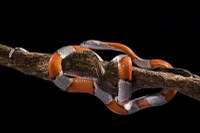Fun Facts About Five Snakes
July 1, 2020 - July 16 is World Snake Day. These fascinating and misunderstood creatures roam the planet on land and in water, from New Mexico’s desert slithering rattlesnakes to the Amazon’s 25-foot long swimming jungle anacondas.
The ABQ BioPark Zoo’s reptile building is home to 47 different snake species from all over the world, including Asia, the Americas, Australia and Africa. In celebration of World Snake Day, we’d like to introduce you to just a few.
King Cobra
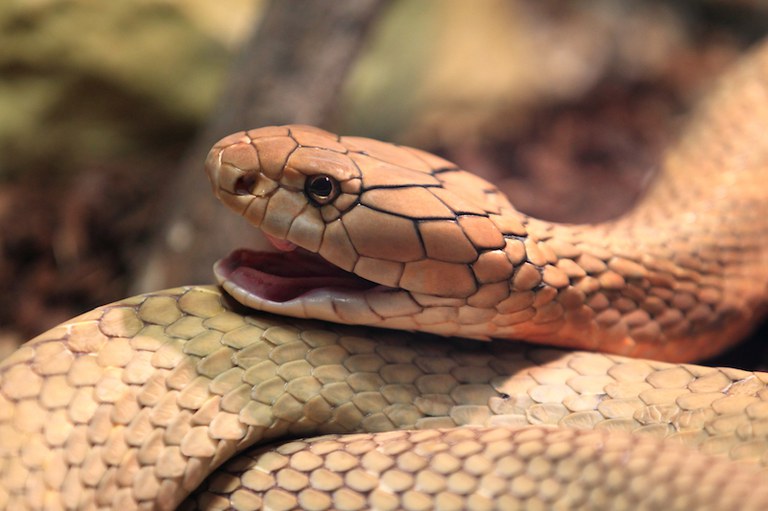
Although the king cobra is one of the most venomous snakes on Earth, the typically shy serpent avoids confrontations with humans when possible. Instead, it focuses its efforts on hunting its favored prey: other snakes. King cobras enjoy the distinction of being the world’s longest venomous snake, typically reaching about 10-13 feet.
The king cobra is listed as a vulnerable species in its native habitat of Southeast Asia, where it’s threatened chiefly by habitat destruction due to deforestation and expansion for agriculture.
Tentacled Snake
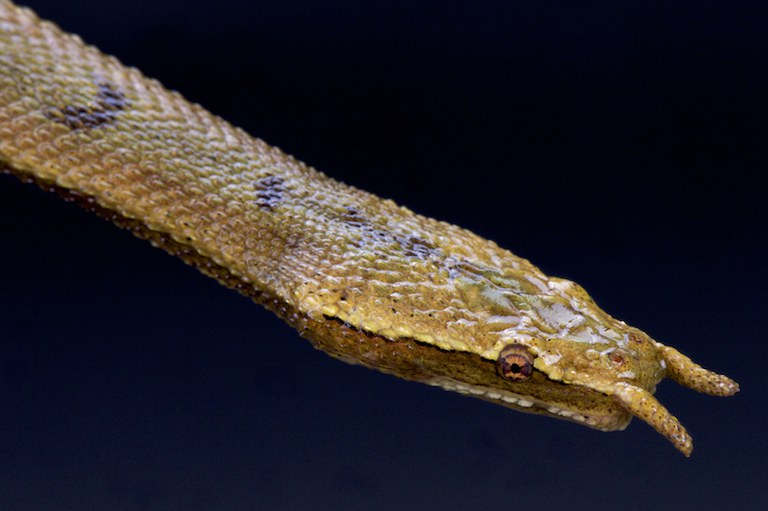
Also a native to Southeast Asia is the aquatic tentacled snake. It sports a unique set of tentacles on its snout to attract and ambush its only prey, fish. In simple terms, tentacled snakes catch fish by tricking them into “escaping” in the wrong direction. Learn more about this snake’s hunting method.
Although native to Asia, the species has become an invasive species in Florida.
Grey-banded Kingsnake
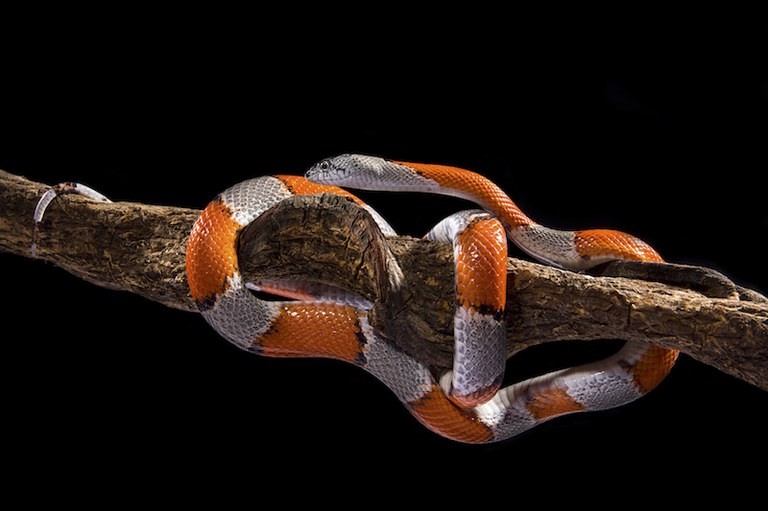
If you’re lucky, you might catch this shy serpent slithering around mountainous habitats in the Southwest United States and Northwest Mexico. However, the species is elusive, being both a bit secretive and nocturnal. Its habitat is also sparsely populated by humans, with many parts of it being impassable due to mountainous terrain. That’s why herpetologists consider finding this snake in the wild to be a great feat.
Green Anaconda
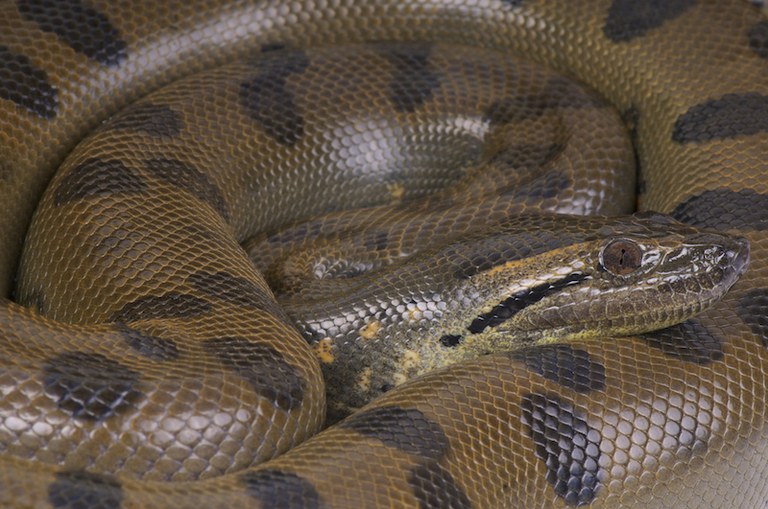
Anacondas are the second longest snakes slithering the planet today after the reticulated python. They can reach a length of about 25 feet and are found in the jungles of South America east of the Andes Mountains. They spend most of their lives in and around water and you’ll find them in swamps, marshes and slow-moving streams in the tropical rainforests of the Amazon and Orinico basins. They use constriction to suffocate their prey of fish, birds, mammals and other reptiles. Sometimes, larger anacondas manage to consume large prey like tapir, deer, capybara and caiman.
Chinese Mountain Pit Viper
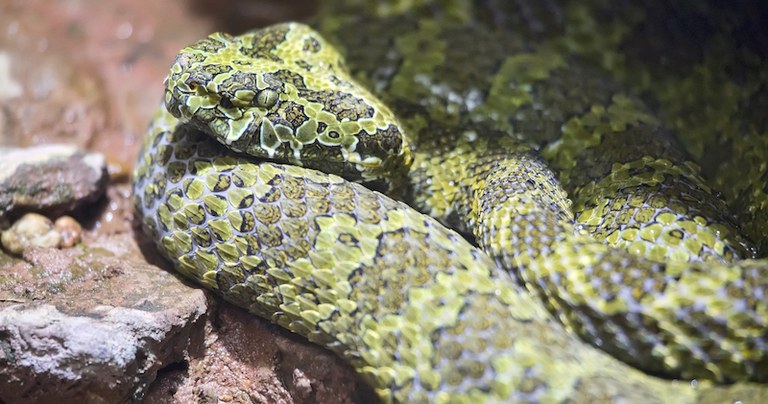
This snake has a white tail tip that it uses to mimic a grub to lure prey like frogs, birds, insects and small mammals. When an unsuspecting animal comes into striking range, the Chinese Mountain pit viper uses its highly powerful venom, which causes blood clotting and corrodes muscle tissue. This venom is powerful enough to take out a human.
This pit viper’s range is limited to China’s Hunan and Guangdong provinces (an area of less than 120 square miles). The snake is susceptible to harvesting for the pet and meat trades, and is considered endangered.

